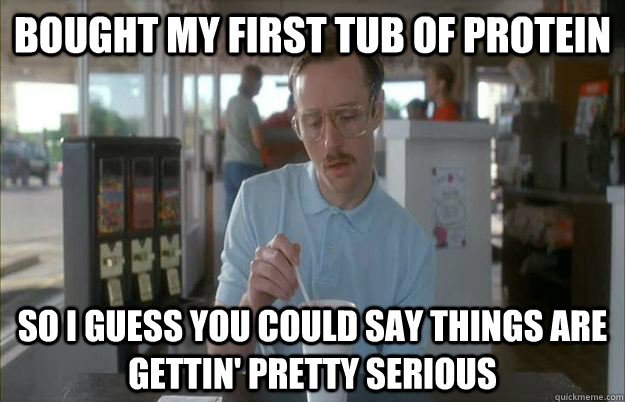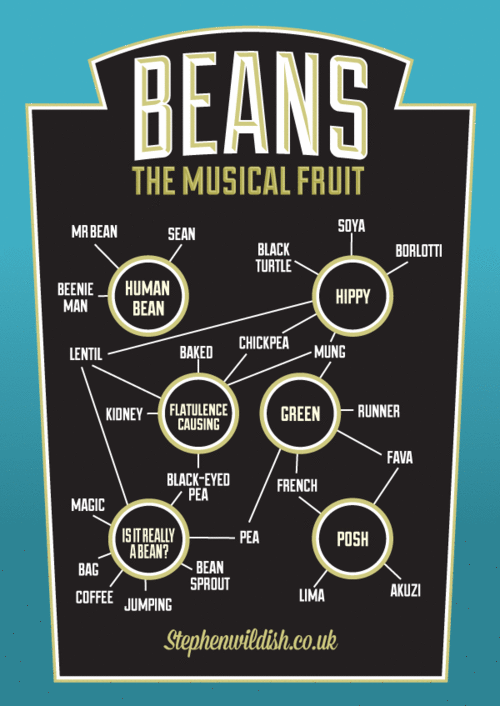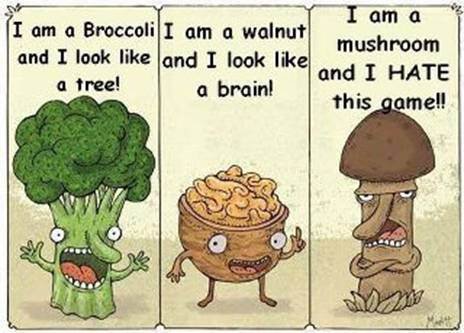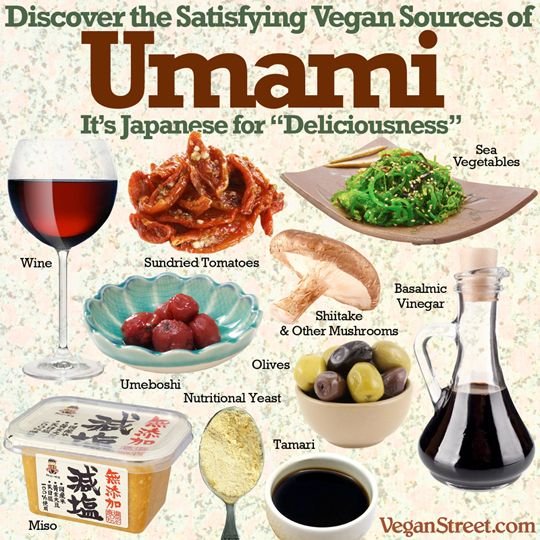Making a commitment to reduce animal food consumption is one of the most effective ways an individual can improve the impact of climate change. Since it's almost 2018, I encourage everyone to consider a vegan or vegetarian diet as a New Year's resolution. Even if going 100% vegan or vegetarian seems daunting, reducing your animal food intake can help significantly.
Whether you're gearing up for a plant-based, vegan, or vegetarian diet or want to improve your current one, I hope this post is helpful. Below are 6 big tips to help you successfully embrace a plant-based diet.
1. Purchase and use good quality vegan protein powders.
Want to ensure you are getting enough protein? Despite what many people think, a healthy vegan will get plenty of protein with a plant-based diet that includes plenty of vegetables and whole foods like beans, nuts, and whole grains. However, to ensure that you are getting adequate protein with every meal, simply include a high quality vegan protein powder. Most pure protein powders have a mild taste and can be added to soups, smoothies, salads, sauces…just about anything. And you need not purchase expensive protein blends – a 3 lb. container of quality rice protein can be had for $30, for example. And many powders, like hemp and coconut, are also great sources of fiber. You may be comfortable adding protein powder to smoothies, but what else can you do?

Try adding protein powder to the following:
- Vegan Ice Cream – Wait until the ice cream is slightly soft and mix in a healthy scoop of rice or pea protein powder.
- Pasta – Having a plate of linguine or spaghetti? Add some high-fiber protein powder to the sauce to thicken it and up the protein and fiber content of your carb-dense meal.
- Vegan cookies and nut milk – Add a little protein powder in your nut milk (use a blender to ensure everything gets mixed.)
- Vegan yogurt – The tang of the yogurt combined with a scoop of protein powder creates a thick dessert that resembles cheesecake
- Salad – Don’t be afraid to add some protein powder to your salad. Especially if you are using juicy vegetables like tomatoes – the powder will hold the extra juices ensuring a more flavorful and satisfying meal.
- Soups – Protein powder can be a great thickener. Add rice protein powder to bean soups for that symbiotic magic of rice and beans
2. Cook beans or lentils for the week.
A lot of research has been coming in on the amazing health benefits of beans. As a vegan, they can also serve as a create source of protein, fiber, and fullness. Cooking a large pot of beans or lentils – in a crock pot, pressure cooker, or pot – is one of the easiest and more forgiving meals you can create.

Here’s how I recommend you proceed:
- Start with a recipe that looks simple and delicious
- As you get more comfortable, experiment with the quantity and variety of beans/lentils, spices, and vegetables you add.
- Refrigerate what you don’t eat the day you cook.
- Make enough so that you have a healthy satisfying meal on hand all week.
3. Fill your fridge with chopped greens.
Fresh greens are delicious and one of the healthiest foods you can eat. But for some reason, most of us have an aversion to eating them. I know personally, I feel and eat healthier overall if I eat a salad every day.

Here are some ways to remove the barrier to green:
- Stock up – Have enough fresh greens in your fridge that you feel compelled to eat them. You don’t want to feel like you need to save them.
- Buy greens at your local farmer’s market – They’ll taste better and last longer. Also, environment.
- Chop and rinse some ahead of time – Chopping and rinsing can reduce the shelf life of greens, but it also removes the preparation barrier to eating them. I like to have some greens that are ready to go, for those times when I’m very hungry and don’t feel like prepping salad.
- Keep multi-purpose greens – Greens like kale are equally delicious cooked and tossed in a salad. Have greens that can be used for many types of food to remove all excuses to incorporating them.
- Feel like something sweet instead? Blend! – So it’s the end of the day, and you’ve yet to eat something green. But all you feel like is a big bowl of something sweet and creamy. Fear not, you can still get your greens! Here’s a tip – chocolate hides all things, including raw kale and spinach. So whip up a creamy blend of frozen banana, chocolate powder, and kale.
4. Get nutty
Nuts and seeds are powerhouses of nutrients. They are often used to create delicious nut cheeses and milks that vegans use to enjoy foods like pizza, ice cream, and cereal.

Here’s just some things nuts can do for you:
- Satiety – One way to get derailed on a vegan diet is to feel like you aren’t getting enough food. Adding nuts to my diet does wonders to keep me satisfied.
- Trace minerals and nutrients – Nuts and seeds provide trace minerals and nutrients that are sometimes hard to find in other food sources. For example, Brazil nuts are an excellent of selenium, a nutrient that can be hard to come by in a vegan diet. Rounding out an otherwise light meal – Add nuts to salads and fruit bowls to turn a light meal into one that keeps you fueled so you can turn your attention to other things.
- Quick snack – Nuts and seeds easy to prepare – just add them to your hand!
- Snap to Sanity – Feeling hangry? Ready to sneak a muffin from the community snack table at work? Stop. Open your emergency stash of nuts (hopefully in a drawer, pantry, or purse nearby) and take a few. Because they are full of fat and fiber, they will quickly resolve your hunger (or at least make it tolerable until your next meal.)
- One cavaet – Nuts are a calorie dense food. when keeping nuts on hand as a quick snack, I choose unsalted varieties and avoid trail mixes with things like dried fruits and chocolate, as these sweet additions make it harder for me to use my nuts wisely 😉
5. Experience the amazing potential of fruit
If you grew up on a standard American diet, you may think of fruit as the healthy food you’re actually willing to put on your plate at cocktail parties or your least favorite Halloween candy. Truth is, the most you incorporate fruit in your diet, the more delicious it becomes.

Wonderful ways to use fruit:
- Keep frozen bananas on hand – Anyone who has been vegan long enough knows that frozen bananas are basically ice cream. Just blend with cocoa powder, strawberries, and/or coconut cream and top with your favorite nuts, chocolate chips, or unsweetened coconut flakes. Peel before you freeze.
- Keep frozen strawberries on hand – Want something a little lighter than banana? Strawberries are lower in sugar than most fruits and can be added to smoothies or blended on their own in addition to, or instead of bananas.
- Basically, frozen fruit is delicious – Have you ever had frozen grapes? I didn’t know something could be that indulgent and refreshing at the same time. Frozen mango? Yum. Also, if you fear your fruit is beyond acceptable ripeness in its room temperature state, chances are it’s going to be extra sweet and creamy when frozen.
- Use dates instead of refined sugar – You can substitute dates in recipes that need a little sweet. My favorite example is avocado mousse – look it up, you’ll thank me.
- Feel like a million bucks at breakfast – A bowl of fruit will give your body a jolt of sugar in the morning and make you feel healthy and energized the way no muffin, pancake, or waffle ever could. Add protein powder and/or nuts and seeds to make it more substantial and just as energizing.
- Quick snack you can bring anywhere – Obvious.
- High glycemic index, but low glycemic load – Fruits are primarily just sugar and water, so the glycemic index is high. However, fruit won’t give you the same crash and burn of other carbohydrate heavy foods like breads and pastas because fruit is mostly water. That means, the glycemic load of fruits is pretty low, so just stay high.
6. Embrace sources of umami and sour
Missing cheese and meats? These foods may be delicious to you because of their high umami and/or sour content. There are plenty of plant-based foods that have overlapping flavor profiles with your favorite animal-based foods.

Here are some foods to include when you're missing meat and cheese:
- Brewer’s yeast and nutritional yeast – Sprinkle some of these on salads, soups, or anywhere you want a flavor reminiscent of cheese. Bonus: this stuff is a powerhouse of nutrients.
- Sea salt – There are salts from ever part of the world, each with their own delicate balance of flavors and minerals. Salt is added to nearly every prepared food you buy. Therefore, if you find your homemade foods bland, try a little sea salt. I especially like to add a little salt to sweet foods like smoothies and banana ice cream.
- Vinegar – A dash of vinegar adds a tart sour flavor that can instantly round out bean and salad dishes, as well as vegan cheese recipes. Like sea salt, there are a plethora of choices to try, from sweet balsamics, to earthy apple-cider vinegars, to subtle infusions and wine vinegar. I even add a little to my yogurt and protein powder blend – it tastes like cheesecake I swear!
- Vegan cheeses and meats – The vegan cheese and meat market has really taken off recently, so go out there and try some. Even if you’ve had a bad experience with vegan alternatives in the past, you may be pleasantly surprised by the latest offerings on the market.
Are you planning to change your diet for 2018?
If so, what changes will you make? If you are already vegan/vegetarian, what are your favorite ways to thrive on a plant-based diet? Let me know in the comments and don't forget to upvote if you found this post helpful.

That just made me hungry...
You just got yourself a new steady follower.
I have actually been on a plant-based lifestyle the last several months.
Congratulations @suncloud! You received a personal award!
Click here to view your Board of Honor
Do not miss the last post from @steemitboard:
Congratulations @suncloud! You received a personal award!
You can view your badges on your Steem Board and compare to others on the Steem Ranking
Vote for @Steemitboard as a witness to get one more award and increased upvotes!